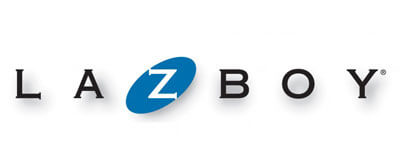A few weeks ago, I attended the Sewn Products Equipment and Suppliers (SPESA) conference, held during TechTextil in Raleigh, North Carolina. During the event, panelists discussed the current state of labor shortages, exacerbated by the pandemic, and how they’ve impacted industries like furniture.
“March 2020 hits, and you’ve got big factories in North Carolina and other parts of the world saying, ‘we have a huge crisis on our hands, nobody’s going to spend money, we’re going to furlough everyone,’” said Leonard Marano, president, Americas, Lectra. “Meanwhile, everyone’s been sitting on their couch for 60 days and decided to get a new one. Then petroleum factories shut down, which reduced foam, and you had that shutdown of production and then shortages, and it was the perfect storm for the furniture industry.”
And while the immediate issue is finding skilled or trainable workers who can step onto the factory or sales floor right now, furniture manufacturers and retailers must think beyond this initial crisis to protect themselves from future disruptions.
But how do you do that? By addressing hiring as a long-term plan, targeting the next generation of workers—Gen Z.
We’ve heard so much about Millennials over the past decade, but Gen Z—defined as being born between 1997 and 2012—has begun entering the workforce. And like every generation before them, Gen Z has its own way of seeing the world.
And that worldview can help employers appeal to this generation of workers.
“They’re curious, and they’re accountable in terms of the world at large,” said Sarah Krasley, founder, Shimmy Technologies. “To draw Gen Z line workers, we advise manufacturers to shift the way they describe their company to the meaning and the social impact of the work they do. Things like, ‘here are so many sustainable materials that manufacturers are experimenting with’—that’s a wonderful public benefit that will get young people excited.”
Perhaps more than any generation before them, Generation Z is socially and environmentally conscious. A recent survey of Gen Z consumers by Crowd DNA, commissioned by Facebook, found that more than half of respondents in the U.S. considered themselves a “global citizen,” meaning they are aware of the world around them and understand their actions can have global consequences.
“Gen Z is really passionate about contributing to the world at large,” said Melissa Sharp, associate director, Zeis Textiles Extension, Wilson College of Textiles, N.C. State University. “And that doesn’t always translate to a high wage, and they’re OK with that.”
For many members of Generation Z, the idea of social consciousness isn’t just a global concept—they also care deeply about their local community. And in some areas, that can be a blessing and a curse for factories looking to employ young workers. With the exodus of factories in favor of overseas production, many Gen Z kids saw the impact of that loss of industry in their hometowns. So, playing up your commitment to the local community and workforce, as well as investments in technology, can entice Gen Z workers.
“A lot of people my age and younger have those stories in their heads about the mills and factories in their towns, and now those mills and factories aren’t here anymore, and it devastated towns,” Sharp said. “And there’s work to rebuild that trust and pointing to those cool technologies are part of telling that story.”
Ultimately, like every other generation, Gen Z must be approached and appealed to on their own terms. And the better companies understand those terms and what matters to this generation, the more likely they are to build a workforce that will carry them into the future.










.jpg)






